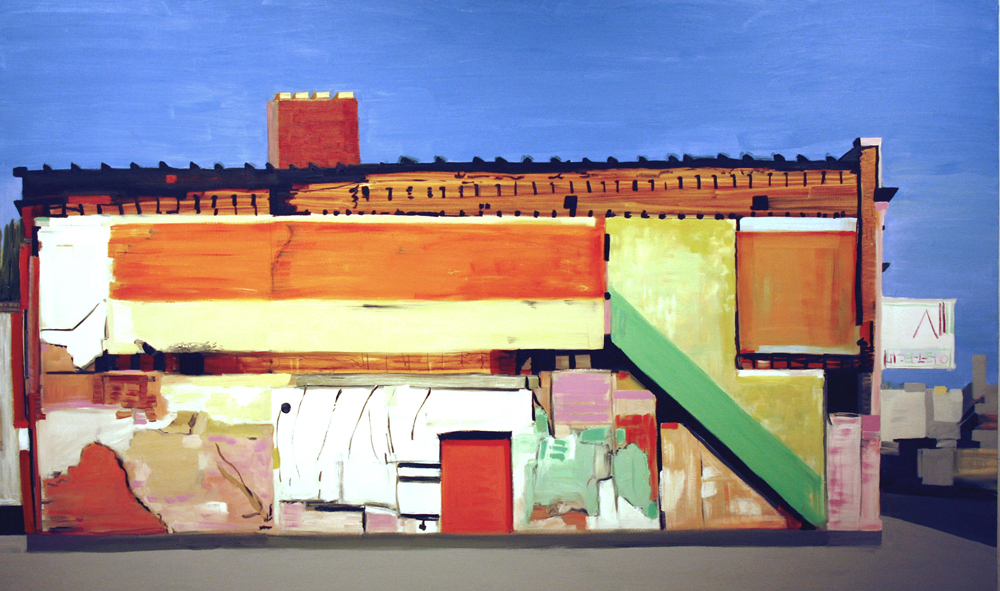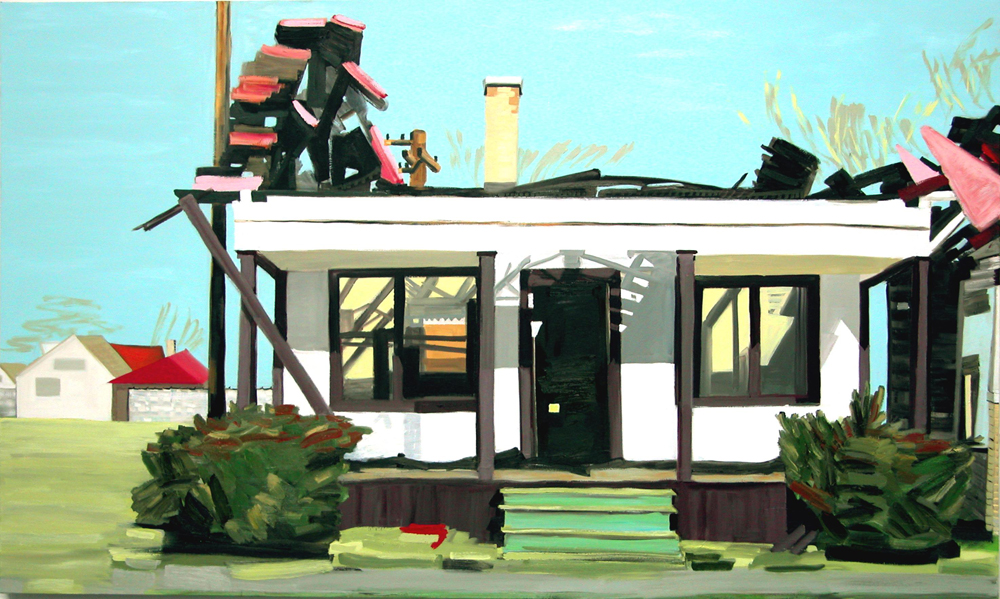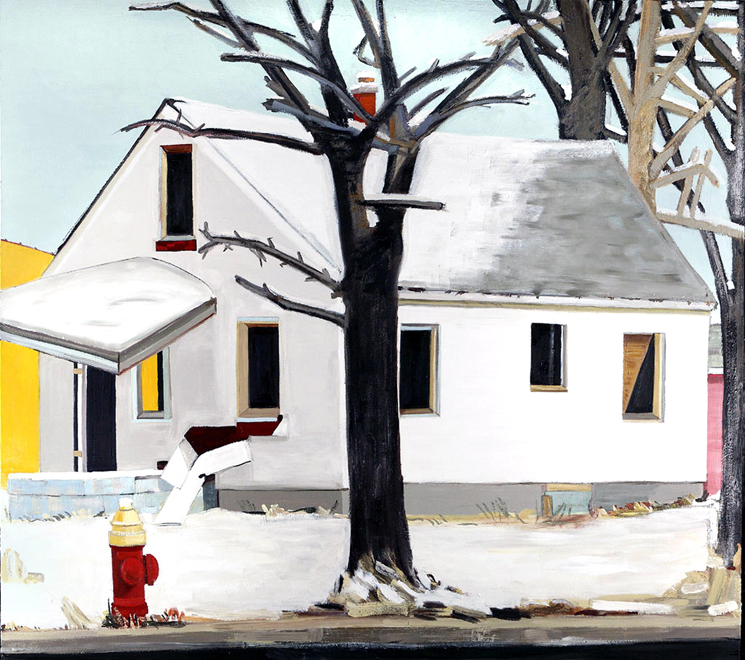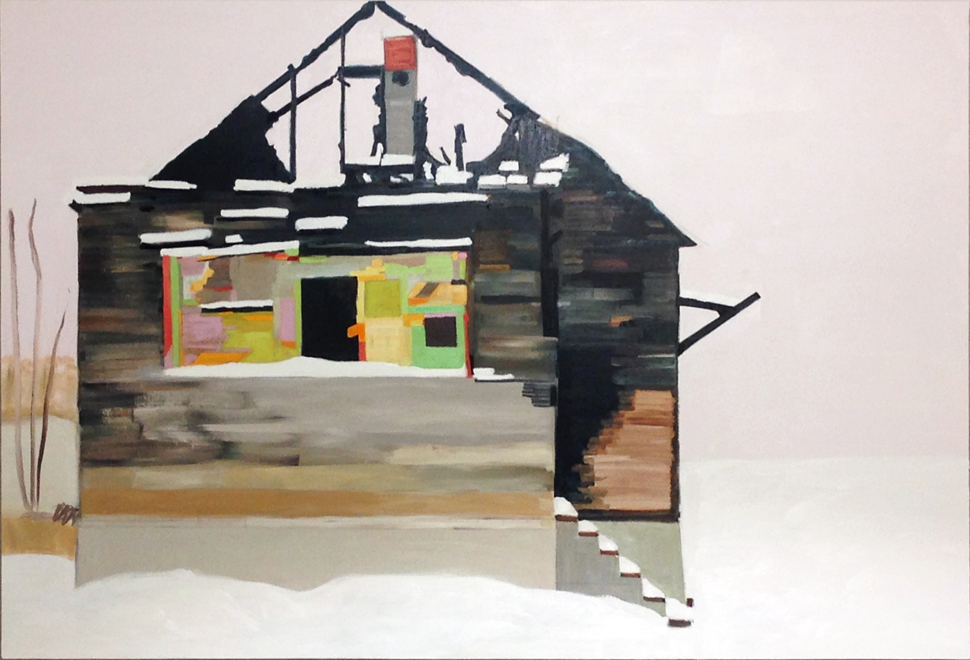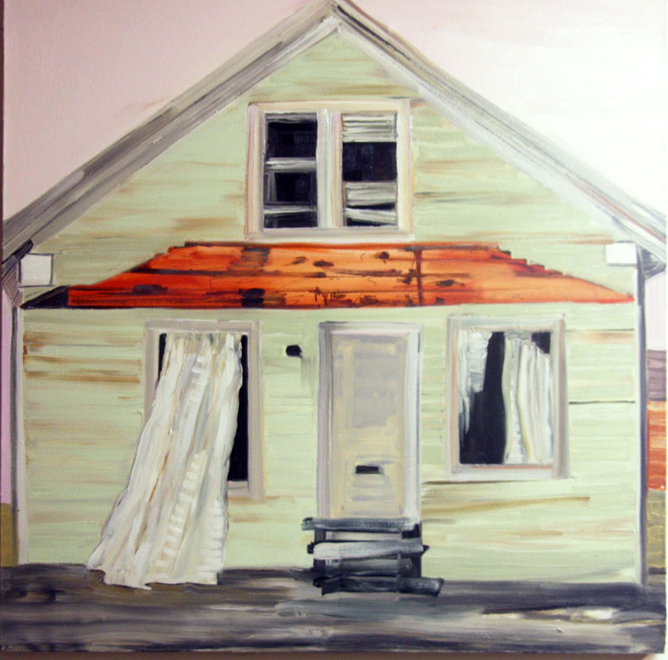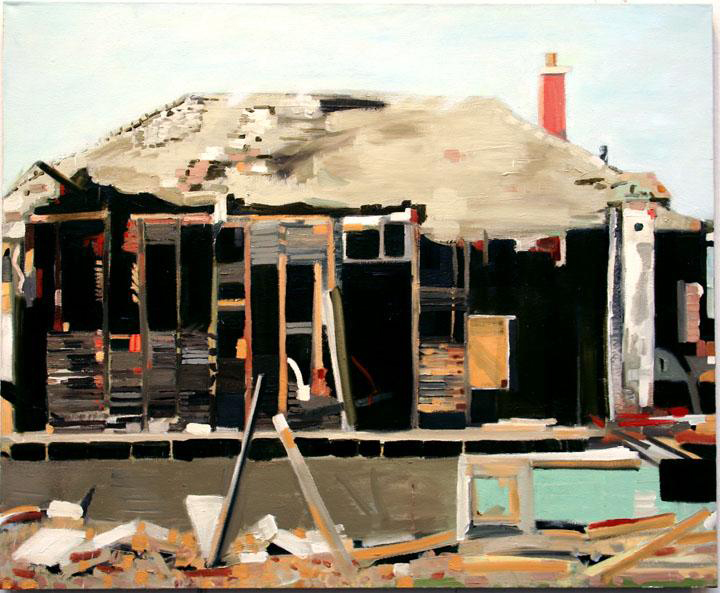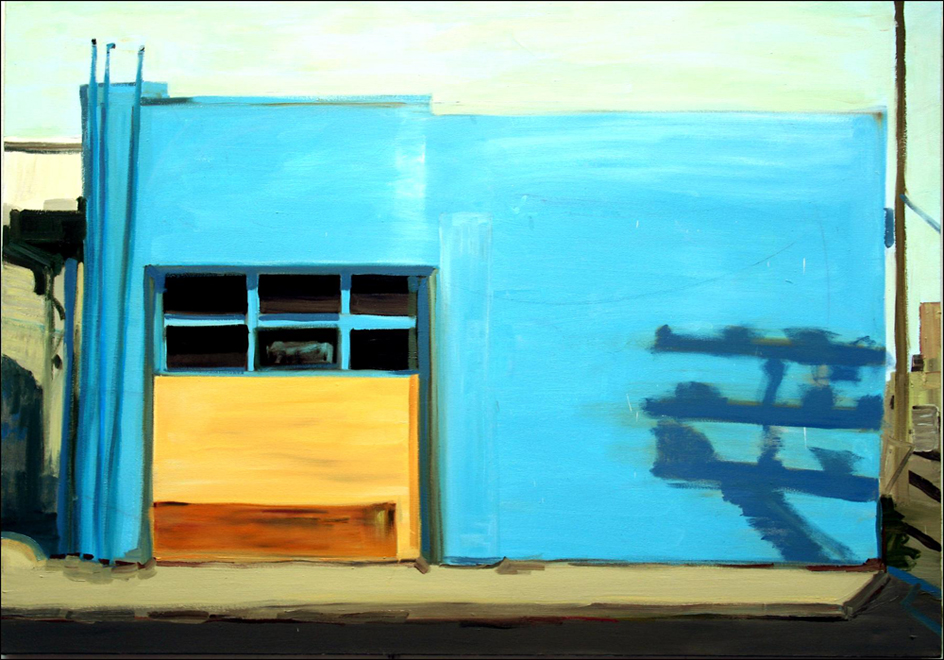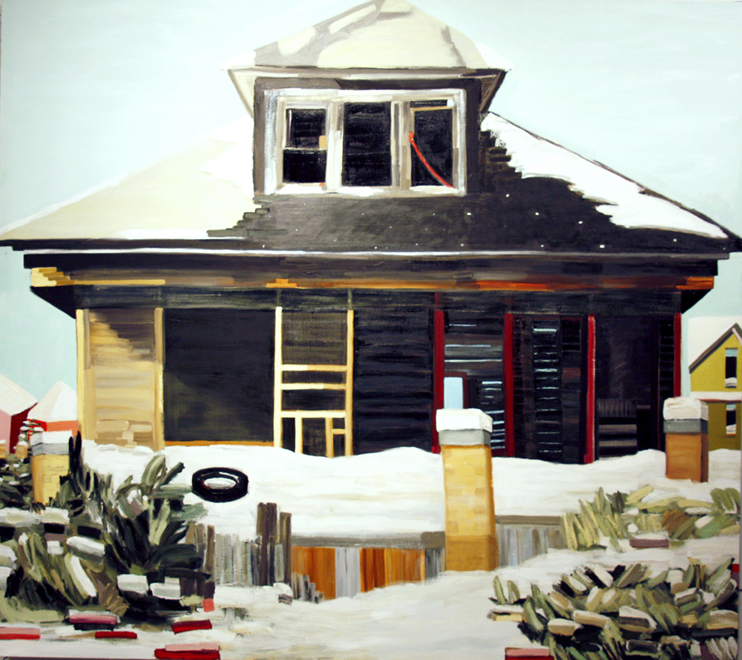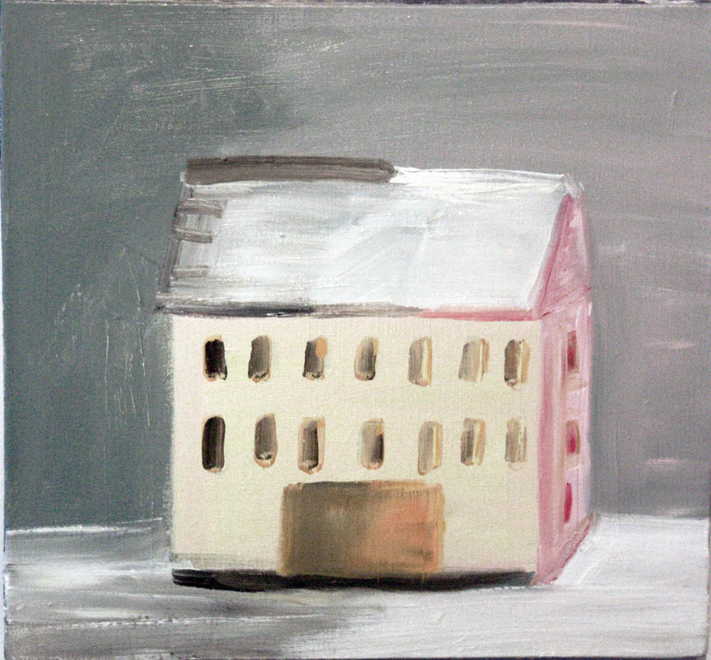NANCY MITCHNICK
Nancy Mitchnick started out in Detroit’s Cass Corridor. She moved to New York City in 1973, drove a taxi, worked in an after-hours joint, assisted Brice Marden, raised her daughter, taught at Bard College, and, after ten years, had a well-received exhibition at Hirschl & Adler Modern, andtwo years later another one. Mitchnick’s work is emotional and strong, often various and sometimes humorous. Museums own her work. Interesting people have collected it. She is an innovative teacher; she was a full-time member of the faculty at the California Institute of the Arts for ten years, and was the Rudolph Arnheim Lecturer on Studio Arts at Harvard University for 15 years. Mitchnick has received a Guggenheim Fellowship, a Pollock Krasner Foundation grant and a National Endowment for the Arts award.
My current work is subject driven. The new paintings depict disintegrating houses, and small industrial buildings, that stand as monuments to their former communities. Though politically relevant, this body of work (“Detroit: dismantling cities in Middle America”) is a love-poem to abandoned neighborhoods. I honor this decay, through seeing these structures clear– they are oddly bright and strong – a shell of a house, an old bakery building, luminous illogical color lingering on a surprising wall. A house that looks better without it’s roof. The corner garage painted blue to show someone cares. The sky has changed from the absence of industry. There is a kind of fullness in the emptiness, and a cloying kind of joy in the decay: it’s the contradictions that make energy and grace.
Emotional content is always present but I don’t want to make it obvious. My lexicography is made up of shape, color, and space, there is paint of course, and motion as well as stillness, and the evolution of my knowledge from looking for simplicity and relationships and feeling the light, and living, as well as observing, the world.
My work is about perception and about painting. I work inside a visual language that doesn’t easily translate into cultural analysis. Scale is very important. I often make small paintings of a large landscape element. I like the free play of opposites. It gives me great pleasure and a lot of room.
I use photography for derivation, but would never substitute a photographic sensibility for the intelligent sensuality of paint.
I try to keep my work alive, fresh and strong.
In the past I longed to be a different kind of artist. These days I relish what I do, and the rare combination of elements I know how to use.
I have forgiven myself for not being an abstract painter or a conceptual artist. I wasted a lot of time wishing I could be someone else. Wanting to be Watteau was a good one. Wanting to be Agnes Martin was better yet.
Not being fashionable is a drag but things have a way of coming around.
I make paintings to experience reality. Regular life eludes me quite often. It is peculiar. I feel oddly lucky to have this work to do.

